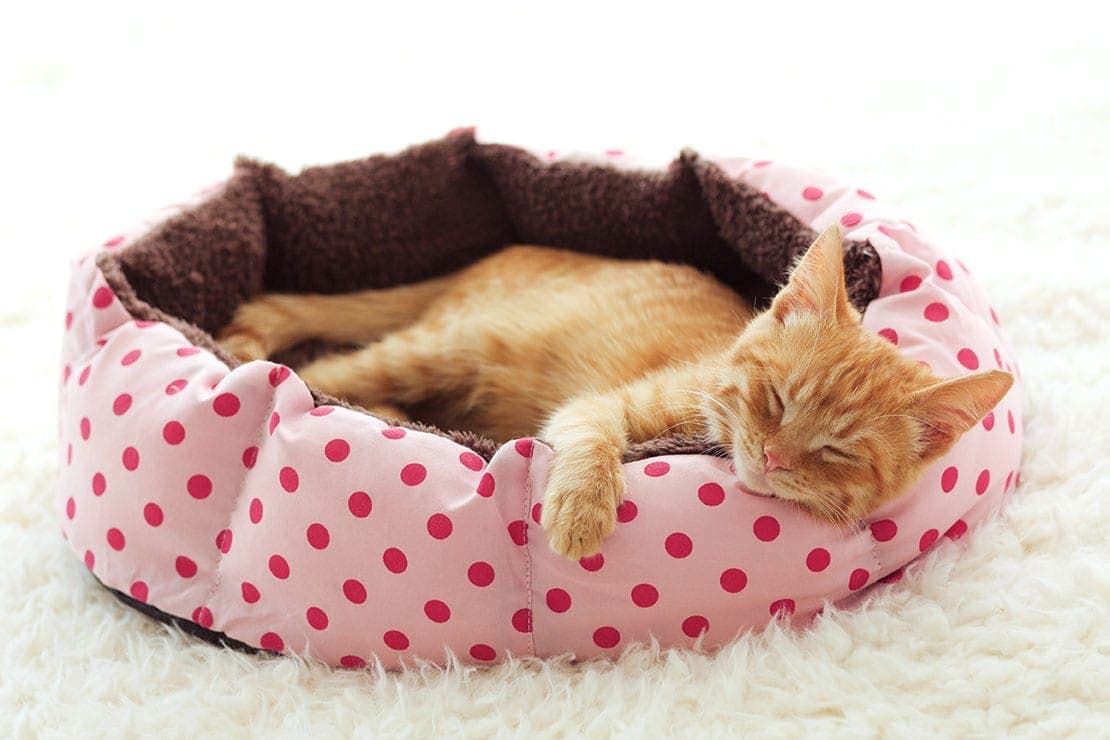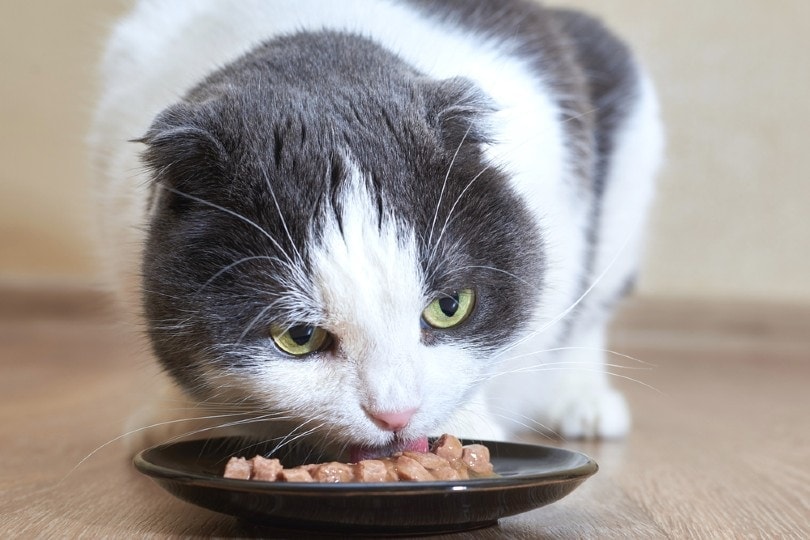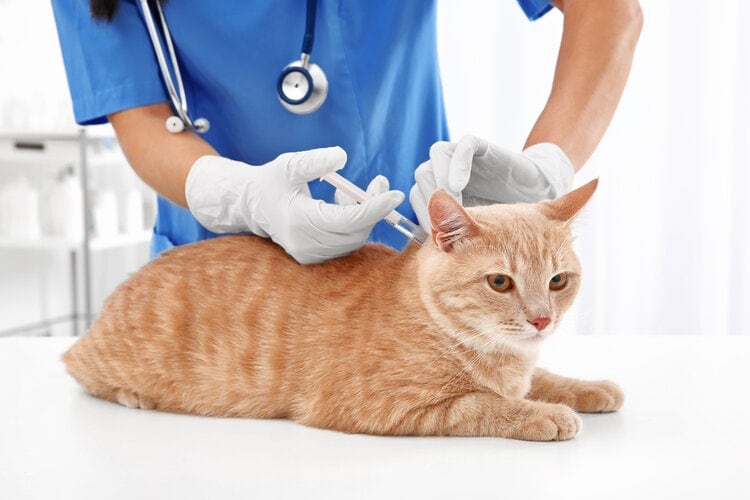Tortoiseshell Norwegian Forest Cat: Pictures, Facts, Origin & History
Updated on
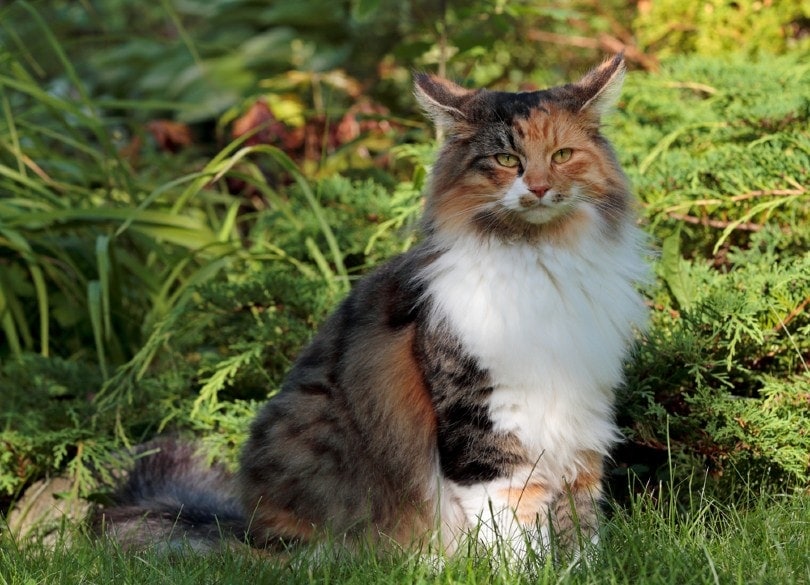
The Tortoiseshell Norwegian Forest Cat is sociable and affectionate yet independent and bold. These cats come in various colors, including white, black, blue, gray, silver, and cream. With active personalities, Tortoiseshell Norwegian Forest Cats are often found playing with toys rather than lounging or napping.
This cat breed is large in size and personality, making them fun companions to spend time with. They also tend to have gentle temperaments that will make anyone fall in love with them. Are you interested in learning more about this breed’s history and other interesting tidbits? Here’s everything that you need to know.
The Earliest Records of the Tortoiseshell Norwegian Forest Cat in History
Tortoiseshell Norwegian Forest Cats have a long history that started in Norway, where they were lovingly referred to as the “Skogkatt,” which means “forest cat” in Norwegian. This breed worked to keep mice away from the farms and food fields and was prized by their owners for that work.
It’s unknown exactly when the breed came into existence, but there is talk of them in Norse mythology, which would make them impressively old. Some experts believe that Tortoiseshell Norwegian Forest Cats were transported to North America on Viking boats in the 10th century1.
Afterward, these cats were likely bred with domestic cats, which created what we know today as the Maine Coon. This breed almost became extinct during World War II, but a group from the Norwegian Forest Cat Club created a breeding program that raised their numbers. Today, these cats are popular in Europe, the United States, and beyond.
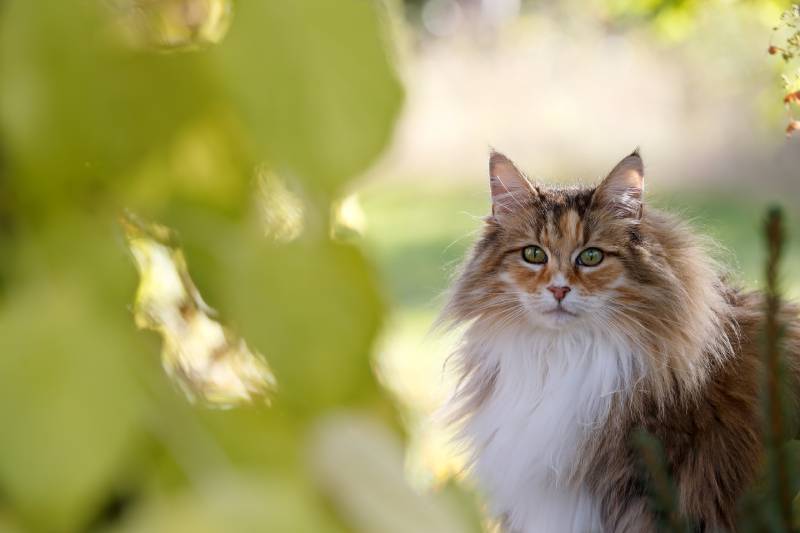
How the Tortoiseshell Norwegian Forest Cat Gained Popularity
The Tortoiseshell Norwegian Forest Cat likely became popular when it was clear that they excelled at mousing. Once their usefulness was established, they were brought on ships to keep mice away from the cargo and food supply. As breeding the Tortoiseshell Norwegian Forest Cat became common in Norway, the breed was imported into other places in Europe and the United States. Cat shows brought them more attention, and people started falling in love with them.
Formal Recognition of the Tortoiseshell Norwegian Forest Cat
The Tortoiseshell Norwegian Forest Cat has been formally recognized by a few cat clubs, beginning with the Norwegian Forest Cat Club2. After leaving Norway and making their way to other parts of the world, the Federation Internationale Feline recognized the breed in 19773.
Today, the American Cat Fancier’s Association recognizes Tortoiseshell Norwegian Forest Cats3, and the breed can be registered at several different associations, including the Cat Fancier’s Federation4 and The International Cat Association5. These cats are popular in shows and as pets.
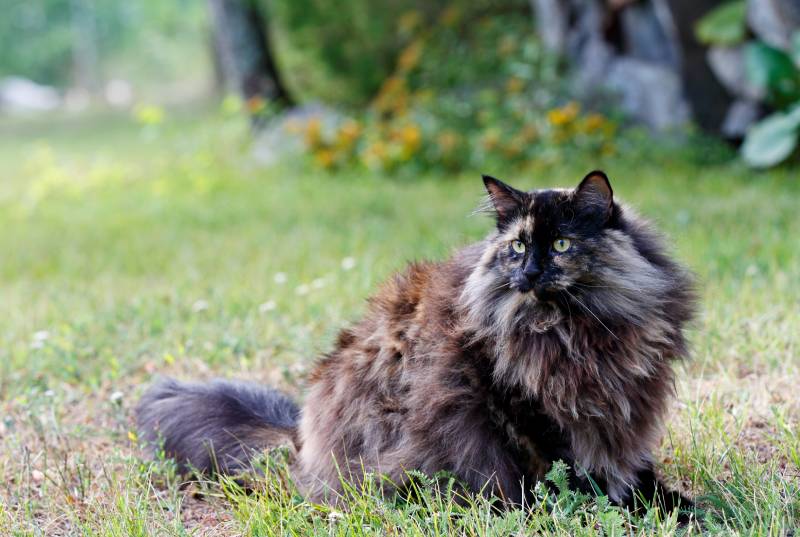
Top 6 Unique Facts About the Tortoiseshell Norwegian Forest Cat
The name Tortoiseshell Norwegian Forest Cat refers to both breed and coat pattern. This cat is the same as any other Norwegian Forest Cat, except that their coat pattern is unique. Here are more interesting facts about them and the Norwegian Forest Cat in general.
1. Tortoiseshells Are Almost Always Female
What’s unique about the Tortoiseshell Norwegian Forest Cat is that they are almost always female. This is due to chromosomes. It takes XX chromosomes to produce the Tortoiseshell pattern, but male cats normally have XY chromosomes. About one in 3,000 Tortoiseshell Norwegian Forest Cats are male because they carry an extra X chromosome.
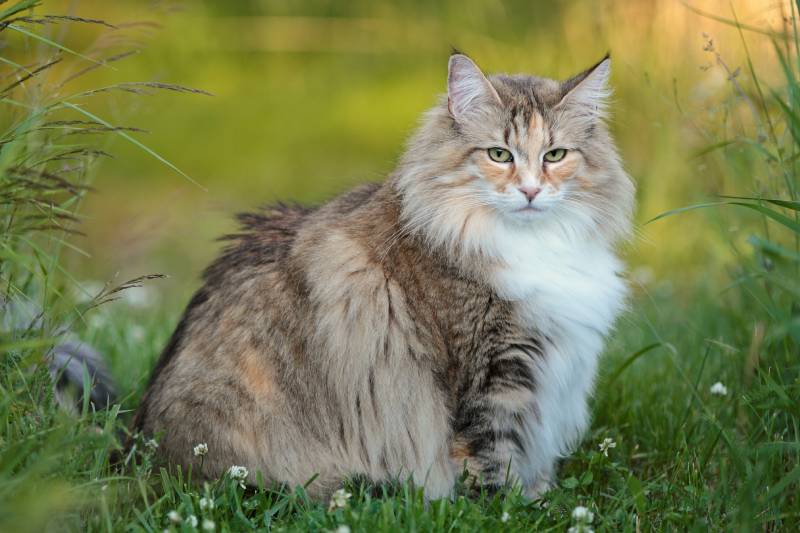
2. These Cats Are Often Dominant
Many think that it’s due to the Tortoiseshell coat pattern, but whatever the reason, these cats tend to be dominant, independent, and highly active. They also like to do things how and when they want to, in their own time. They are lap cats but only on their terms.
3. This Breed Gets Confused With Maine Coons
Since Tortoiseshell Norwegian Forest Cats are used to breed Maine Coons, they tend to look alike. Both have fluffy, luscious coats and stalky bodies, so it can be tough to tell the two apart unless you’re a cat aficionado. However, a few differences set the two breeds apart once you know how to look for them. For instance, the Norwegian Forest Cat has a more triangular-shaped head than the Maine Coon.
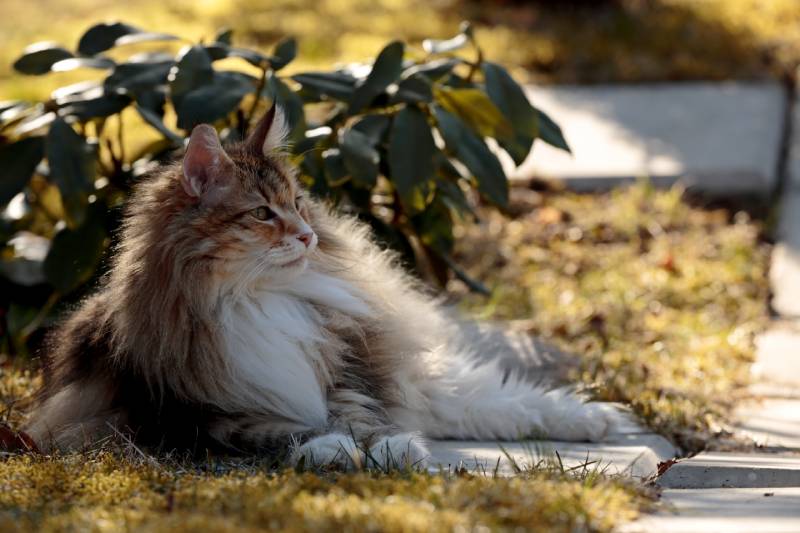
4. They Need Something to Climb On
These cats are notorious climbers, which is fitting, given their name. What else would a cat do in the forest other than climb trees? Instead of jumping on the back of a couch, they might opt to climb up it instead. Ensuring that there are multiple tall cat posts available for them to climb on can help keep furniture destruction to a minimum.
5. They’re the National Cat of Norway
As these cats are among the most popular pet options in places like Norway, Sweden, and Finland, it’s no wonder that Norway decided to stake a claim and recognize the Norwegian Forest Cat as their national cat breed. Nobody lives in or visits Norway without getting to know this beloved cat breed!
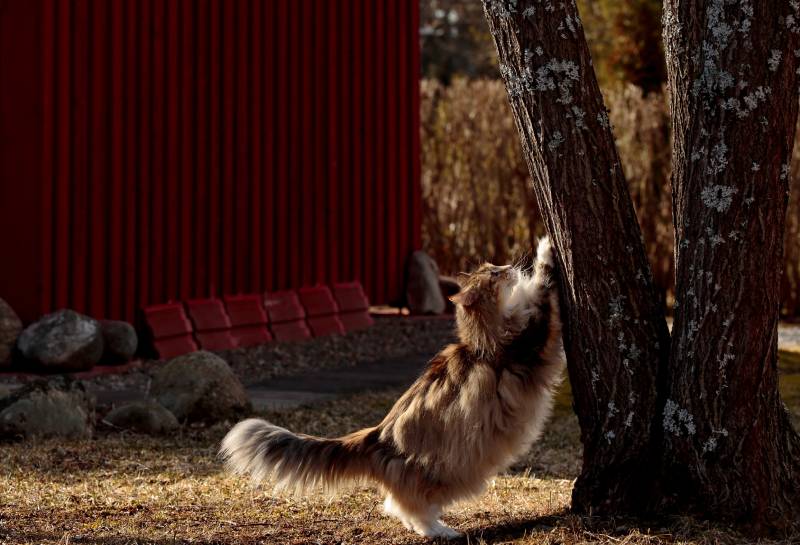
6. The Breed Is Lovingly Referred to as Wedgies
Many Norwegian Forest Cat lovers refer to this breed as the “Wedgie” because of their wedge-like physique and ability to withstand frigid climates and harsh environments. The nickname started around the time that the Vikings traveled with them and seems to have stuck ever since.
Does the Tortoiseshell Norwegian Forest Cat Make a Good Pet?
The Tortoiseshell Norwegian Forest Cat would make a great pet for most households. These outgoing cats can get along well with children of all ages, yet they are laid back enough to settle down with a single person or a senior who doesn’t have much energy.
These spunky cats are sure to keep you entertained. If you aren’t paying attention to them when they want you to, they’ll find a way to make it happen in one way or another. These cats also happen to enjoy cuddling and lounging on laps when they’re in the mood.
This breed’s independent personality means they do well when spending time at home alone while everyone is at school and at work. When socialized with other animals at a young age, they can live happily with other household pets.
Summary
The Tortoiseshell Norwegian Forest Cat is a gorgeous breed with a fascinating history. This is the type of cat that can adapt to most situations and can handle various household types. It is easy to see why they are so beloved in Norway and beyond. While they are popular in the United States, they are not that abundant, so you aren’t likely to find one at a rescue center.
If you decide to work with a breeder to obtain a Norwegian Forest Cat of your own, it’s important to vet the breeder and make sure they maintain high-quality standards and work with quality veterinarians. You should also get verification of their lineage.
Featured Image Credit: Elisa Putti, Shutterstock


